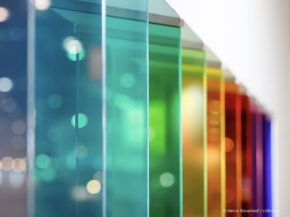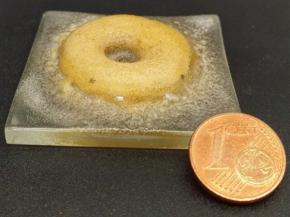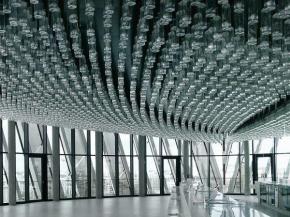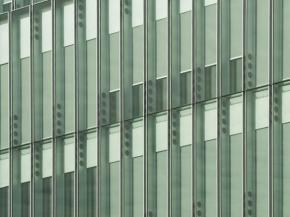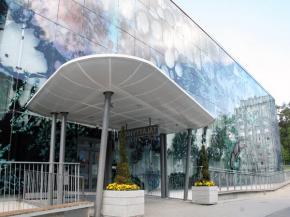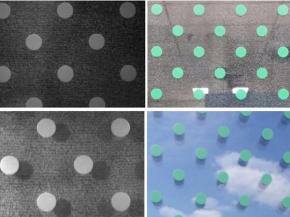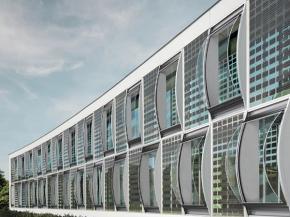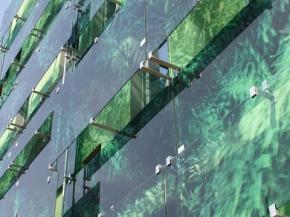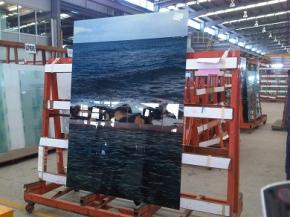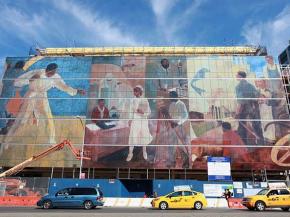Latest articles
| Digital printing is transforming the glass industry, offering faster production, smaller batches, and more creative freedom—while reshaping processes and sustainability requirements.
| This paper presents a feasibility study of spray printed glass on flat glass and shows results regarding the practical realization, pore distribution of the novel glass connections and microscopy.
| Glass can form and shape a space, creating transparent architecture that can make you feel closer to the outside world.
| Contemporary architectural transparency (understood as the optical property of the material) is constantly being redefined and, over the last decade, new design trends have developed related to transparent façades in architecture.
| As a modern society, we’re spending about 90% of our time indoors – at home, in offices or commuting. How is it possible to get access to daylight, when we can’t naturally be outside? By making buildings more transparent.
| It is estimated that 100 million to 1 billion birds a year perish due to collisions with glass.(1-2) In North America, some communities have enacted legislation aimed at protecting birds by calling for the design and installation of birdsafe glazing.
| This contribution is an excerpt of the journal publication by Louter et al. 2018. It explores the potential of thin glass for architectural applications and reports on two thin glass concepts.
| An innovative synthesis of UV-cured digital print and industrial surface coatings transforms façades into modern art
| Glass has been used for both decorative and functional purposes for much of history; the forms and techniques used have changed with our technological advances.
| Modern digital printing technologies using ceramic inks are providing new interesting opportunities for longlasting decorations and optical effects on glass.

